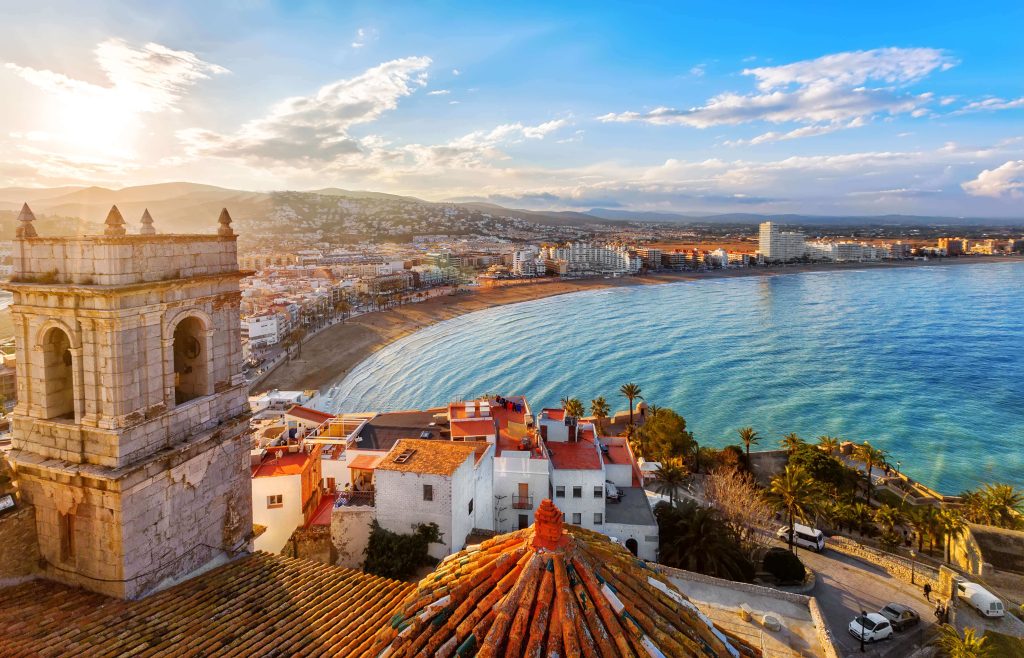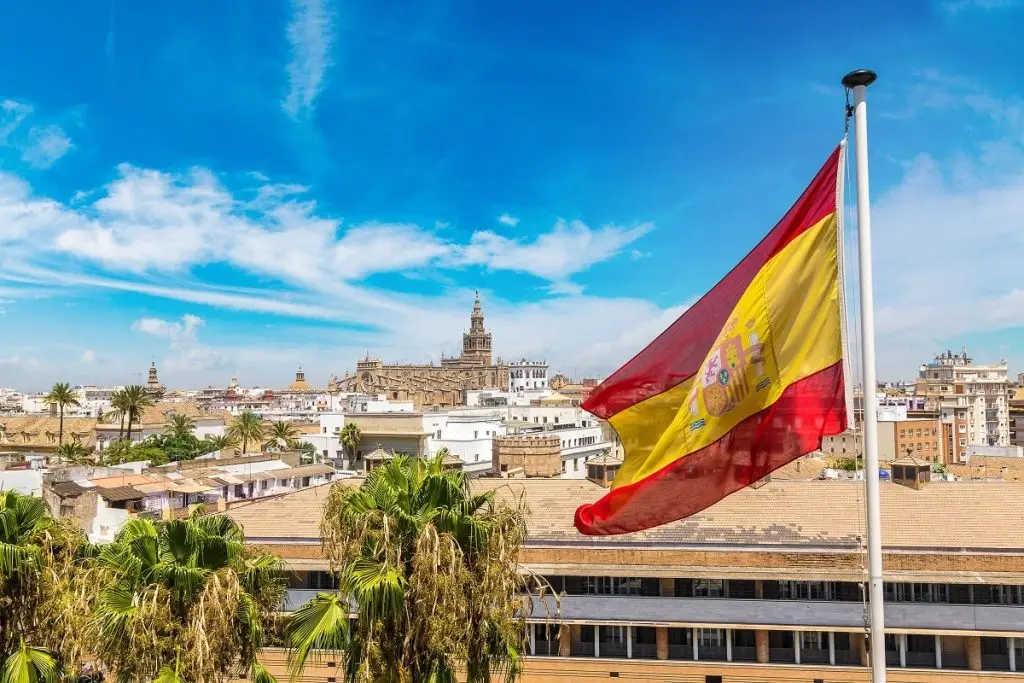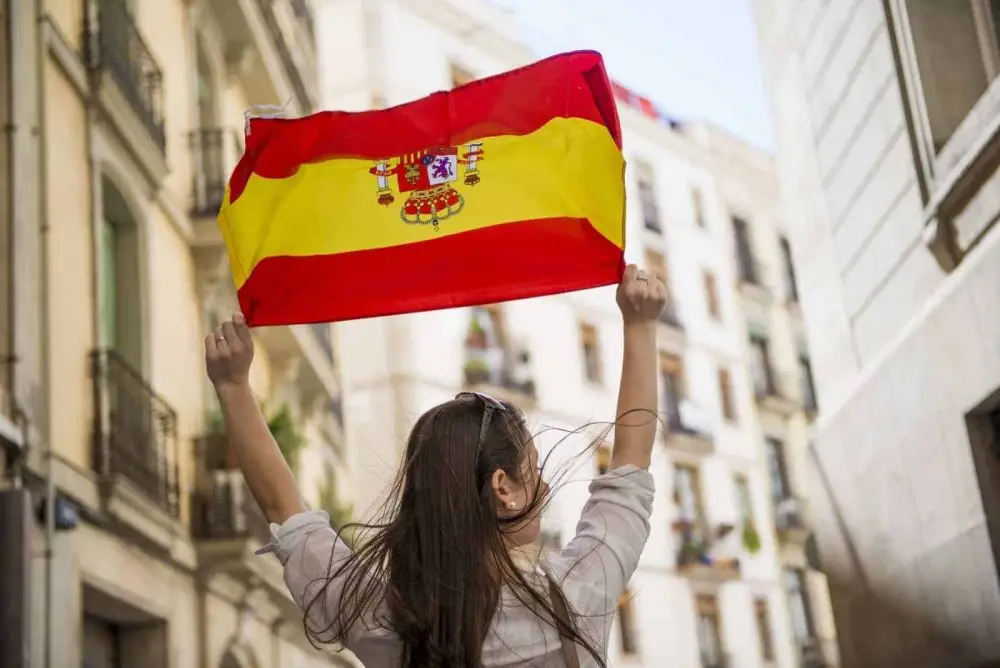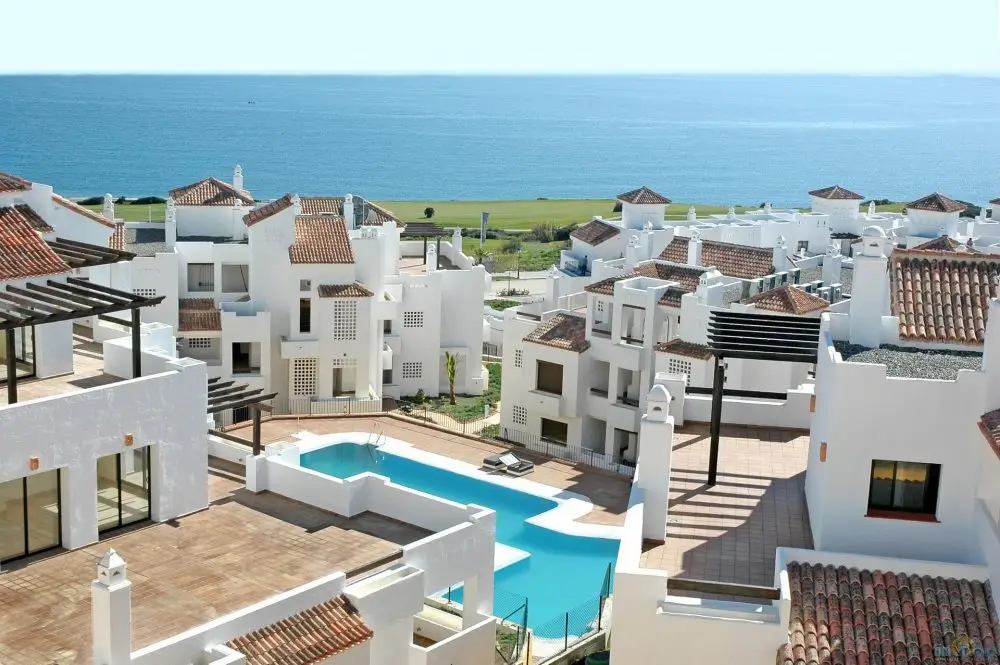Immigration requires not only documentation, but also a strategic understanding of status. A mistake in choosing between temporary and permanent residence rights can affect everything from taxation to the possibility of obtaining citizenship. The differences between a residence permit and a permanent residence permit are not just formalities – they determine the whole lifestyle abroad.
Legal status: differences between residence permit and residence permit
Each immigration regime forms its own structure of rights and obligations. A Temporary Residence Permit (TRP) is a residence permit directly linked to a specific purpose. The latter is specified in the application form and legally enshrined. In practice, this means: a student cannot work beyond the established limit, an employee cannot change profession or employer without reissuing the status, a spouse is obliged to maintain a legal relationship in order to keep the permit.
The standard duration of a residence permit is one to three years, but many countries issue one-year permits with the possibility of renewal. Renewal always requires the collection of evidence: an active contract, current address, stable income, no offences. Each step is accompanied by the submission of new documents and waiting for approval.
A permanent residence permit (PML) eliminates these dependencies. After obtaining it, there is no need to explain the purpose of residence. This status gives the right to freely change the sphere of employment, move around the country, apply for public office, and in some cases even vote in local elections. It is granted indefinitely or with a long renewal period (e.g. 10 years), without the need to review the reasons for residence.
The differences between residence permit and permanent residence permit concern not only the duration, but also the essence of the legal status. The first format subordinates a person to the system, while the second – integrates him/her into it. Permanent residence permit forms a deeper connection with the state – in the form of participation in the tax system, social infrastructure, long-term protection of rights.
Transition from temporary to permanent status is not automatic. It requires compliance with conditions: continuous residence, absence of offences, payment of taxes, language skills and cultural understanding. Some jurisdictions require an integration test. Only then does temporary status become fundamental.
Acceso a las oportunidades: los límites de la libertad jurídica. Empieza tu andadura en el baloncesto con nuestro servicio.
 Las diferencias legales entre la residencia temporal y la residencia permanente se notan especialmente en el acceso a los sistemas estatales, la libertad de acción y la posibilidad de participar en la vida del país al igual que los ciudadanos.
Las diferencias legales entre la residencia temporal y la residencia permanente se notan especialmente en el acceso a los sistemas estatales, la libertad de acción y la posibilidad de participar en la vida del país al igual que los ciudadanos.
En el primer caso, los derechos dependen del motivo. Por ejemplo, el permiso de residencia para estudiantes limita el trabajo a 20 horas semanales o solo en el campus. El incumplimiento de estas condiciones puede dar lugar a la anulación. En algunos países, el permiso de residencia no permite disfrutar de un seguro médico completo: la cobertura solo es válida para casos de emergencia o si se contrata una póliza privada. Ni siquiera se puede acceder a las prestaciones sociales (por ejemplo, por desempleo).
La residencia permanente da acceso a toda la infraestructura del Estado. Las instituciones médicas prestan sus servicios con los mismos estándares que a los ciudadanos. Las subvenciones y ayudas estatales pasan a estar disponibles. En algunos países, la residencia permanente da derecho a solicitar formación gratuita en universidades y a participar en programas de empleo, integración y apoyo social. Acceso a oportunidades: los límites de la libertad jurídica. Empieza tu andadura en el baloncesto con nuestro servicio.
La residencia temporal obliga a cumplir estrictamente con los requisitos. Por ejemplo, si se pierde el trabajo, hay que encontrar uno nuevo en unos meses, o se pierde el estatus. El estatus de empresario requiere mantener un cierto nivel de ingresos. Si el negocio cierra, se pierde el estatus. La residencia permanente no depende del objetivo. Una vez obtenida, la persona puede dejar de trabajar, mudarse a otra región o cambiar de ámbito de actividad.
Un aspecto aparte es el cambio de vivienda. Con un permiso de residencia, mudarse a otra región o incluso a otra ciudad puede requerir notificación o reinscripción. La residencia permanente elimina estas restricciones. La autonomía jurídica también es importante para participar en la vida social. Por ejemplo, en algunos países, este estatus permite votar en las elecciones municipales, afiliarse a sindicatos y obtener créditos estatales para la educación o la vivienda.
Obligaciones financieras: diferencias entre la residencia temporal y la residencia permanente
La diferencia entre ambos estatus también afecta a la fiscalidad. En algunos países, los residentes permanentes están automáticamente sujetos a la jurisdicción fiscal. Es decir, deben declarar sus ingresos globales, incluso si su negocio se encuentra en otro país. Con un permiso de residencia temporal, esta norma solo se aplica a menudo en caso de residencia de larga duración. Las diferencias entre el permiso de residencia temporal y el de residencia permanente también son notables en cuanto al acceso a las pensiones, el seguro médico y las prestaciones sociales. A menudo, solo el formato permanente abre las puertas a paquetes completos de garantías sociales. Obligaciones financieras: diferencias entre el permiso de residencia temporal y el de residencia permanente.
El camino hacia la ciudadanía: dependencia del estatus
La residencia prolongada en el extranjero casi siempre conduce a la ciudadanía. Sin embargo, las condiciones para obtener la residencia permanente difieren de las del permiso de residencia. Para naturalizarse, no basta con vivir durante un período determinado, sino que hay que vivirlo con el estatus adecuado. Es posible que el permiso de residencia no se tenga en cuenta en su totalidad. Por ejemplo, en España, para solicitar el pasaporte es importante tener cinco años de residencia permanente, y no diez. No se trata simplemente de una disputa sobre el estatus. Se trata de cuándo comienza exactamente el plazo para obtener el pasaporte.
Documentos y procedimientos: una diferencia en el papel con consecuencias reales
La comparación de los procedimientos muestra que las diferencias entre la residencia temporal y la residencia permanente se manifiestan ya en la fase de presentación de la solicitud. Para obtener el estatus temporal, basta con presentar los documentos básicos: pasaporte, confirmación del propósito, seguro. Para obtener el estatus permanente, se añade la verificación de los ingresos, la vivienda, la integración y, en ocasiones, el conocimiento del idioma. Residencia permanente frente a residencia temporal: existe una diferencia en los plazos de tramitación. La residencia permanente tarda más en tramitarse. A menudo se comprueba el historial crediticio, los antecedentes penales y la ausencia de deudas.
Condiciones de cancelación: ¿qué tan frágil es el estatus?
El estatus temporal es fácilmente revocable. El incumplimiento del objetivo, la salida del país durante varios meses o el cambio de empleador pueden invalidar los documentos. La residencia permanente ofrece mayor flexibilidad. Incluso una ausencia prolongada del país no siempre conlleva la pérdida del estatus, especialmente si hay razones justificadas. Por lo tanto, al elegir entre ambos estatus, es importante evaluar no solo los derechos, sino también los riesgos. Las diferencias entre el permiso de residencia temporal y el permiso de residencia permanente se hacen especialmente evidentes en situaciones no habituales.
El ejemplo de España
El sistema español destaca todas las diferencias entre el permiso de residencia temporal y el permiso de residencia permanente: el ejemplo de España.
- La residencia temporal se concede sobre la base de un contrato, estudios o inversiones. Cada año hay que renovarla. Si te mudas a otra región, tienes que informar de ello. Si dejas tu trabajo, corres el riesgo de que te la retiren.
- La residencia permanente se concede tras cinco años de residencia. A partir de ese momento, se abre el mercado laboral, se obtiene acceso a los planes de pensiones y desaparece la estricta dependencia de las condiciones.
Resultados
 La elección entre el estatus temporal y permanente no es una simple cuestión formal. Es una decisión estratégica. Las diferencias entre la residencia temporal y la residencia permanente afectan a todos los aspectos de la vida: desde la matriculación escolar de los hijos hasta la posibilidad de abrir una cuenta bancaria. Un error al principio puede prolongarse durante años. Un enfoque bien pensado acelera el camino hacia la estabilidad y la libertad.
La elección entre el estatus temporal y permanente no es una simple cuestión formal. Es una decisión estratégica. Las diferencias entre la residencia temporal y la residencia permanente afectan a todos los aspectos de la vida: desde la matriculación escolar de los hijos hasta la posibilidad de abrir una cuenta bancaria. Un error al principio puede prolongarse durante años. Un enfoque bien pensado acelera el camino hacia la estabilidad y la libertad.
 en
en  ru
ru  de
de  ar
ar  es
es  nl
nl  hi
hi  fr
fr  it
it  pt
pt  el
el 










